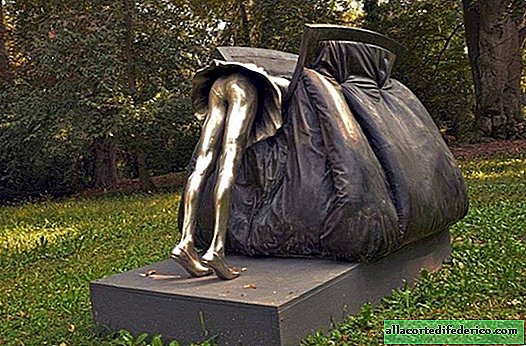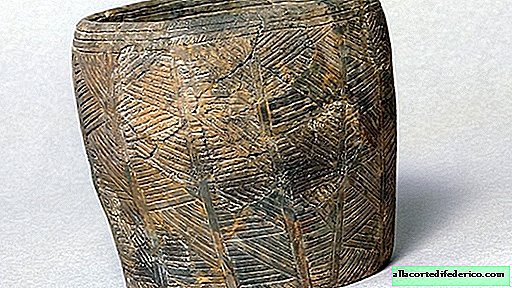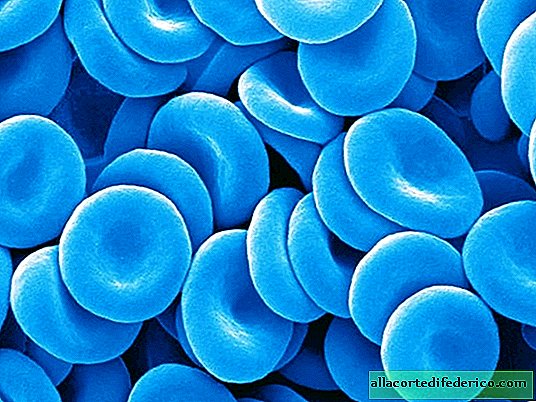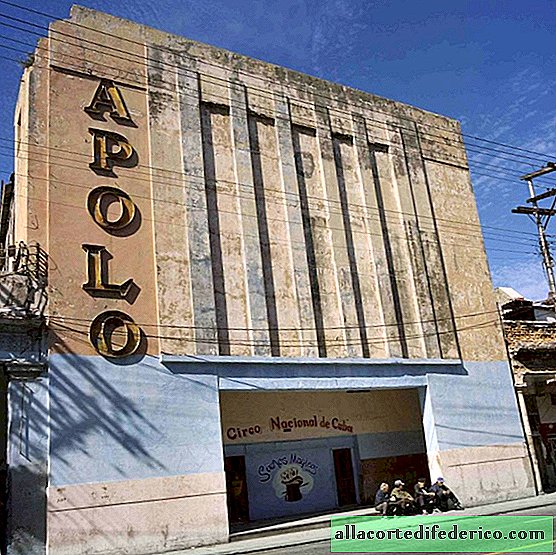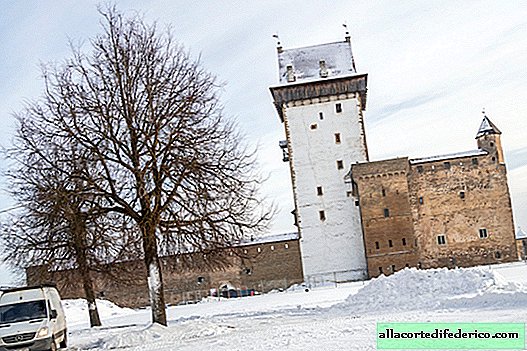The second life of New Year trees: what can be done from unnecessary Christmas trees
After the end of the New Year and Christmas holidays, millions of holiday firs, pines and firs are sent to landfills around the world. Useful plant materials slowly decompose, polluting the atmosphere with greenhouse gases, which are abundant even without them. In many countries there are special programs for collecting unnecessary New Year trees, which after processing turn into compost, sawdust, vitamin feed for animals or fuel briquettes. But environmentalists are sure that even this is not an option: once in compost, the needles and parts of the wood will continue the same decomposition process, and after burning the briquettes, a certain amount of gases harmful to the atmosphere will also form.
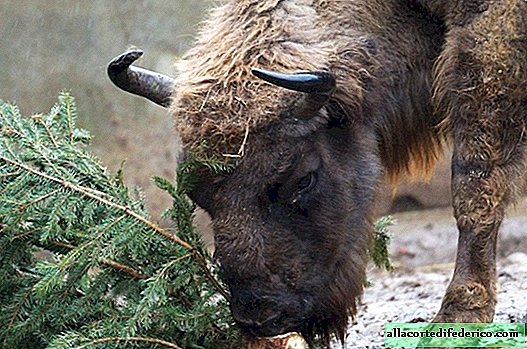 Animals in zoos always welcome coniferous branches
Animals in zoos always welcome coniferous branchesBut experts are sure that you should not be limited to the listed methods of disposal, but you can find a more worthy application for conifers. Scientists from the University of Sheffield (Great Britain) believe that the needles of used New Year trees are a valuable raw material for the production of many useful products.
 Valuable oil can be obtained from needles
Valuable oil can be obtained from needlesSo, for example, from the polymer of lignocellulose - the main component of needles, it is possible to produce valuable organic oil and biochar. The resulting oil will find its application in the food and cosmetic industries, for the production of various household chemicals and paint products. Biocoal will also not be left without attention: it is a valuable catalyst that is in demand in various industries.
 Natural oils are used in cosmetics and household products.
Natural oils are used in cosmetics and household products.According to the authors of the proposed technology, the process of extraction from needles and subsequent cleavage of lignocellulose does not present special difficulties, and this is quite possible for modern bioprocessing plants.

